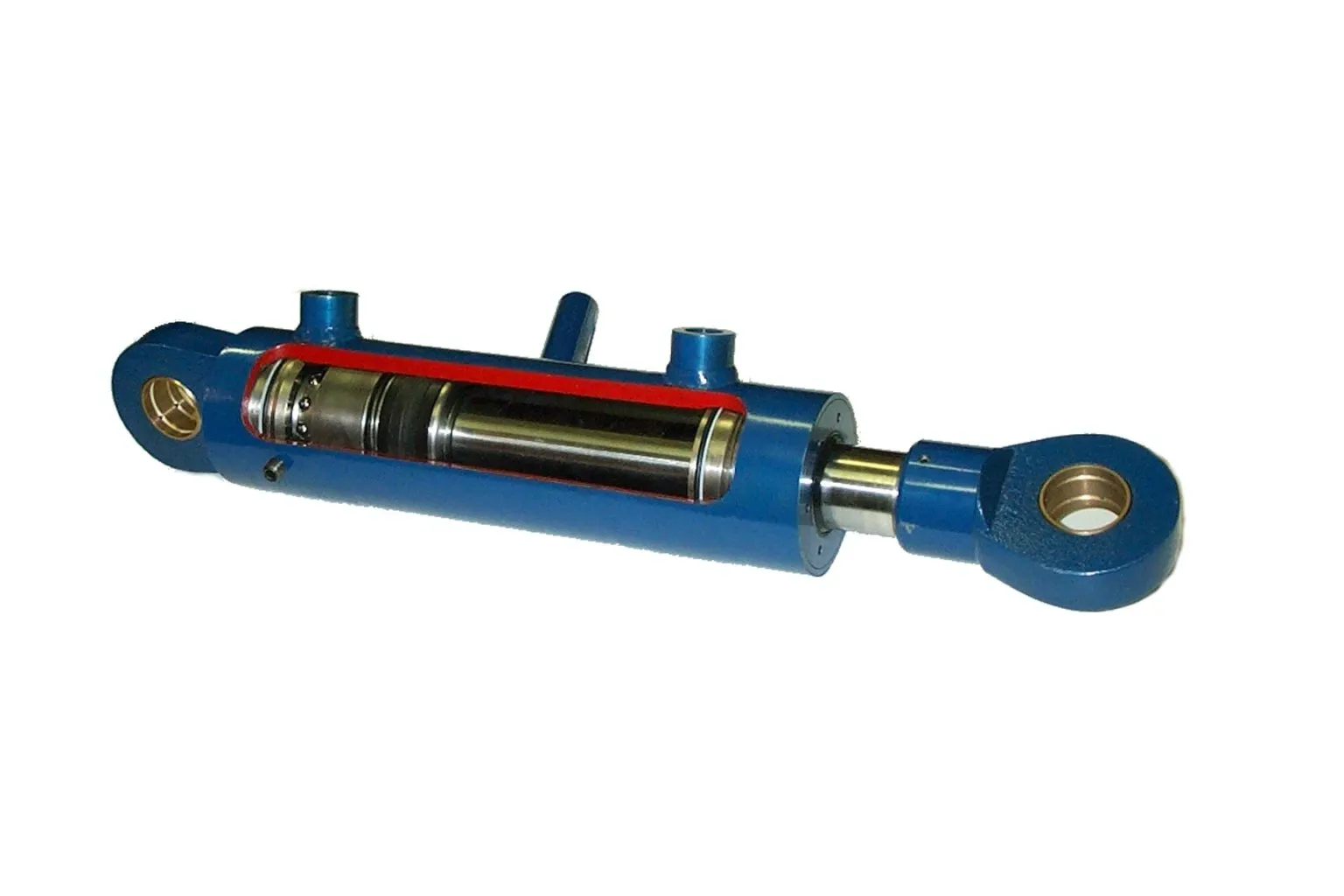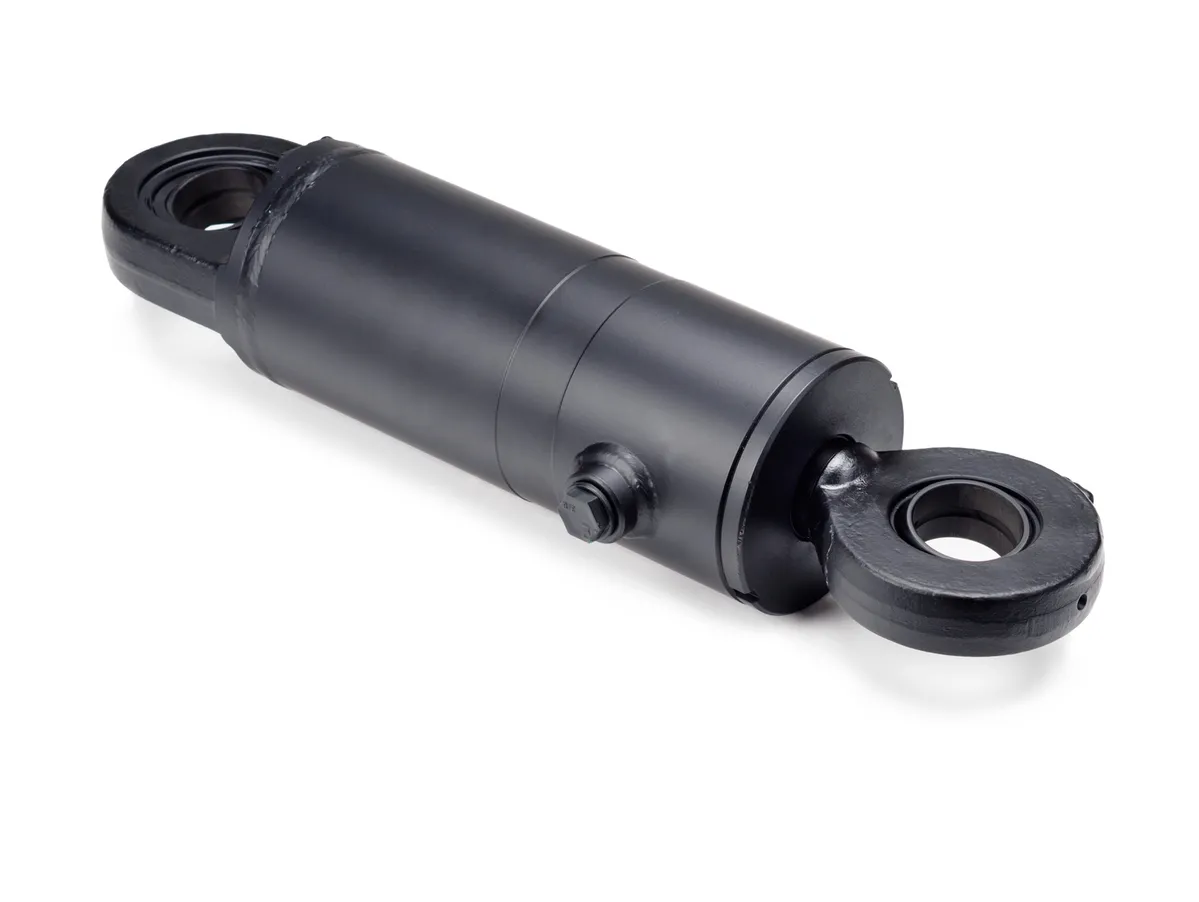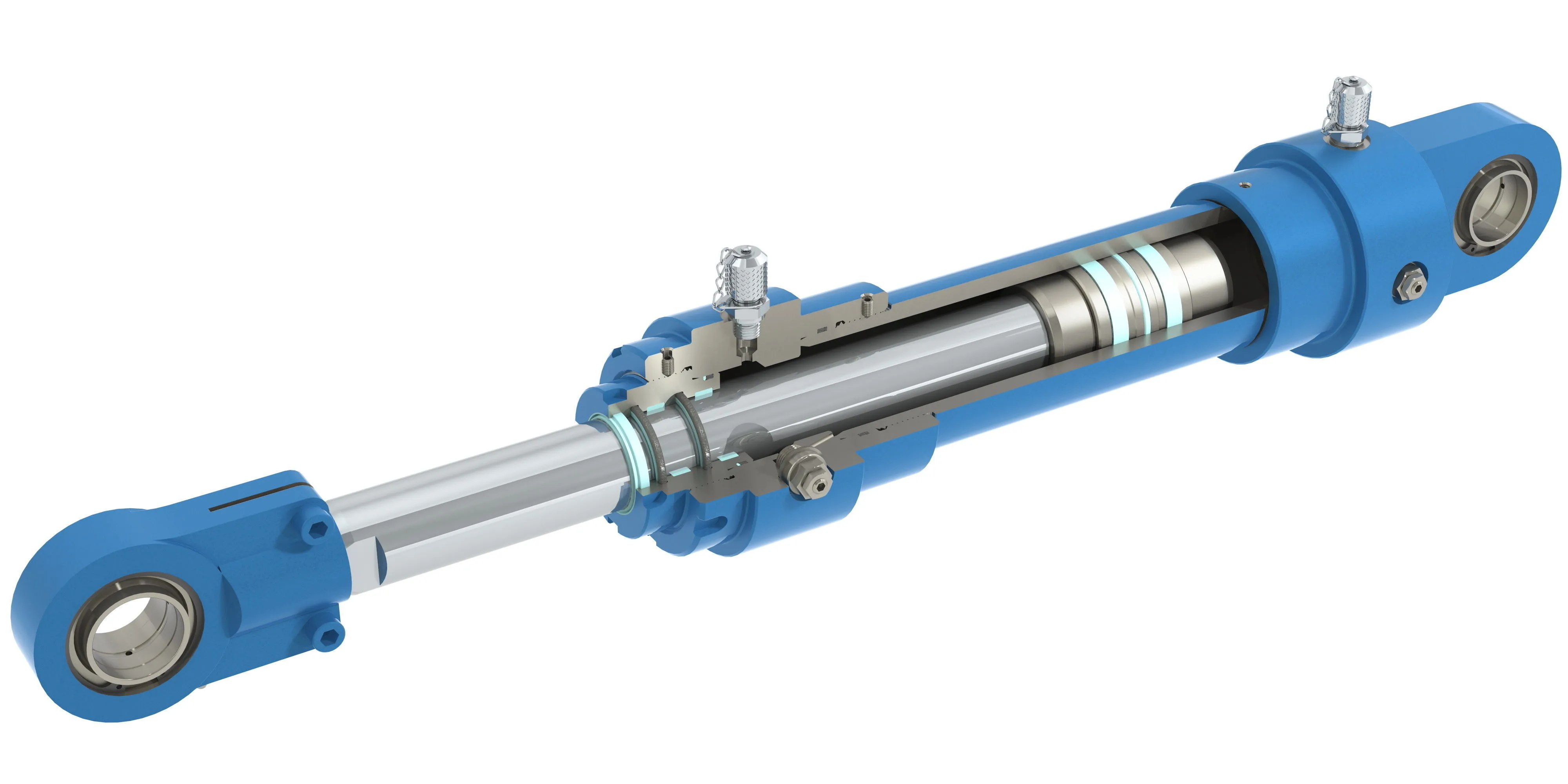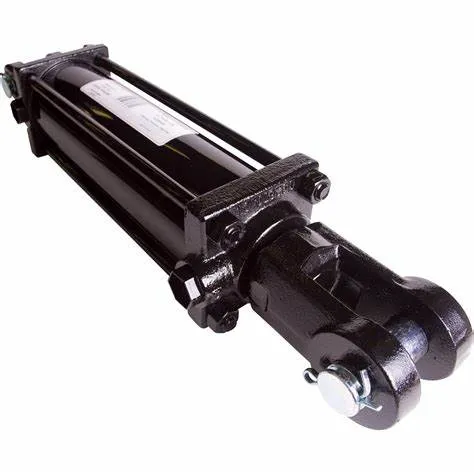Exploring the World of Advanced Manufacturing Aluminum Welded Hydraulic Cylinders
Understanding Aluminum Welded Hydraulic Cylinders
Aluminum welded hydraulic cylinders are a crucial component of hydraulic systems, designed to provide efficient power transmission in various industrial applications. These cylinders are constructed using advanced manufacturing techniques, ensuring high performance and durability.
Principle of Aluminum Welded Hydraulic Cylinders

Aluminum welded hydraulic cylinders function based on the principle of transferring fluid pressure into mechanical force. The cylinders consist of a piston that moves within a cylinder to perform work, with the help of a hydraulic system.
Role and Application
- Provide mechanical force in hydraulic systems
- Used in machinery manufacturing, automotive industry, aerospace sector, and more
- Essential for applications requiring precise and controlled movement
Design and Construction Characteristics
When it comes to the design and construction of aluminum welded hydraulic cylinders, several key characteristics set them apart:
Welded Process
The cylinders are manufactured using advanced welding processes that ensure structural integrity and reliability. This welding technique enhances the overall strength of the cylinder.
Components and Materials
Aluminum alloy is the primary material used in the construction of these cylinders, offering lightweight and corrosion-resistant properties. High-quality seals and fittings are also incorporated for improved performance.
Customization Options
Customers can customize various aspects of the cylinder, including size, stroke length, and port configuration, to meet specific application requirements. This flexibility makes aluminum welded hydraulic cylinders versatile in different industries.
Working Principle of Aluminum Welded Hydraulic Cylinders
The working principle of aluminum welded hydraulic cylinders involves fluid pressure transfer, piston movement, workload handling, sealing system efficiency, and pressure release mechanisms. These cylinders play a crucial role in translating hydraulic power into mechanical force.
Types and Configurations
There are three main types of aluminum welded hydraulic cylinders available, each with unique configurations tailored to specific applications:
Single-acting cylinders
Single-acting cylinders use hydraulic pressure to extend the piston, with an external force retracting it. These cylinders are commonly used in applications where only one direction of force is required.
Double-acting cylinders
Double-acting cylinders utilize hydraulic pressure for both extension and retraction of the piston, offering bi-directional force capabilities. These cylinders are versatile and widely used in various industries.
Telescopic cylinders
Telescopic cylinders consist of multiple stages that extend and retract, providing variable stroke lengths. These cylinders are ideal for applications requiring extended reach capabilities.
Advantages of Aluminum Welded Hydraulic Cylinders
- Lightweight design for easy handling
- Excellent corrosion resistance for durability
- Good thermal conductivity for efficient heat dissipation
- Environmental sustainability with recyclable aluminum material
- High strength and durability for long-lasting performance
Performance Characteristics
Aluminum welded hydraulic cylinders exhibit several performance characteristics that make them ideal for industrial applications:
- Lightweight design for easy installation and handling
- Good thermal conductivity for efficient heat dissipation
- Corrosion resistance for durability in harsh environments
- Excellent processability for custom configurations
- High strength for reliable performance under heavy loads
Industries Using Aluminum Welded Hydraulic Cylinders
Aluminum welded hydraulic cylinders find applications in various industries, including:
- Machinery manufacturing: used in hydraulic presses, injection molding machines
- Automotive industry: for vehicle lifts, brake systems
- Aerospace sector: in landing gear systems, flight control mechanisms
- Construction engineering: for cranes, excavators, and other heavy machinery
- Agricultural machinery: in tractors, harvesters, and irrigation systems
Design Considerations and Selection Criteria

When selecting aluminum welded hydraulic cylinders, it is essential to consider factors such as bearing capacity, sealing efficiency, durability, safety features, and maintainability. These considerations ensure optimal performance and longevity of the cylinders.
Sealing and Lubrication
Proper sealing and lubrication are vital for the performance and longevity of aluminum welded hydraulic cylinders. Using high-quality seals and regular lubrication maintenance can prevent wear and enhance the cylinder’s efficiency.
Regular Inspection and Maintenance
Implementing regular inspection and preventive maintenance measures is crucial to ensure the continued performance of aluminum welded hydraulic cylinders. By following maintenance schedules and replacing worn components, potential issues can be avoided.
Installation Guide
Correct installation of aluminum welded hydraulic cylinders is essential for optimal performance. Following manufacturer guidelines and ensuring proper alignment and connection can prevent operational issues and ensure safety.
Maintenance Tasks
Three key maintenance tasks for aluminum welded hydraulic cylinders include regular inspection, proper lubrication, and seal replacement. By addressing these maintenance tasks promptly, the longevity and efficiency of the cylinders can be maintained.
Safety Considerations

Ensuring safety measures are in place when using aluminum welded hydraulic cylinders is paramount to prevent accidents and damage. Following proper operating procedures and maintenance guidelines can enhance workplace safety.
Fault Diagnosis and Common Problems
Identifying and diagnosing faults in aluminum welded hydraulic cylinders requires knowledge of common problems such as leakage, seal wear, and piston damage. By understanding these issues, timely solutions can be implemented.
Questions and Answers
Q: Describe the welded process typically used to manufacture aluminum hydraulic cylinders.
A: The welding process involves joining aluminum components using specialized techniques such as TIG welding or MIG welding, ensuring structural integrity and durability.
Q: In what industries are aluminum welded hydraulic cylinders most commonly used, and why?
A: Aluminum welded hydraulic cylinders are prevalent in industries such as automotive, aerospace, and machinery manufacturing due to their lightweight design, corrosion resistance, and high strength properties.
Q: What are the typical pressure and force ratings for aluminum welded hydraulic cylinders?
A: Aluminum welded hydraulic cylinders can handle varying pressure and force ratings depending on the application requirements, with customized options available for specific needs.
Q: How do the corrosion resistance and environmental suitability of aluminum cylinders compare to other materials?
A: Aluminum cylinders offer excellent corrosion resistance and environmental sustainability compared to other materials, making them ideal for diverse industrial applications.
Long Tail Keywords
Three long tail keywords for aluminum welded hydraulic cylinders include “customizable hydraulic solutions,” “durable aluminum cylinder design,” and “efficient power transmission technology.”
Our Company
We are a leading hydraulic cylinder replacement manufacturer, offering a comprehensive product line tailored to meet diverse industrial needs. With a focus on professional service, international certification, customized solutions, and reliable after-sales support, we strive to be your trusted partner in hydraulic systems.

